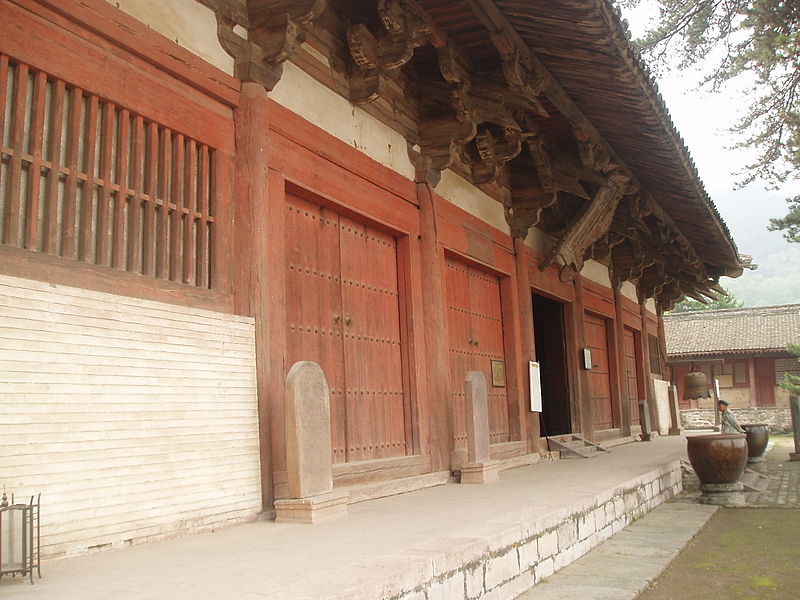Foguang Temple


Facts and practical information
Foguang Temple, nestled in the serene Wutai County of Shanxi Province, China, stands as a monument to the enduring legacy of Buddhist architecture and culture. Dating back to the Tang Dynasty, this temple, which was constructed in 857 AD, is one of the oldest surviving wooden structures in China, offering a rare glimpse into the architectural styles and religious practices of ancient times.
As a testament to its historical and cultural significance, Foguang Temple has been meticulously preserved. The temple complex boasts the East Hall, one of the largest of its kind from the Tang period, adorned with intricate carvings and ancient statues that have withstood the test of time. The hall houses a majestic life-sized clay sculpture of the Buddha, flanked by his disciples, creating an atmosphere of spiritual reverence and tranquility.
Visitors to Foguang Temple can explore the Three Jewels Hall, a later addition from the Yuan Dynasty, and the Manjusri Hall, dedicated to the Bodhisattva of wisdom. The temple's layout, with its harmonious integration into the surrounding landscape, reflects the Buddhist philosophy of unity between nature and spirituality.
A significant aspect of Foguang Temple is its collection of historical inscriptions and murals, which provide valuable insights into the religious life and social history of the region. These artworks not only depict religious iconography but also serve as historical documents that have attracted scholars and enthusiasts from around the world.
Shanxi
